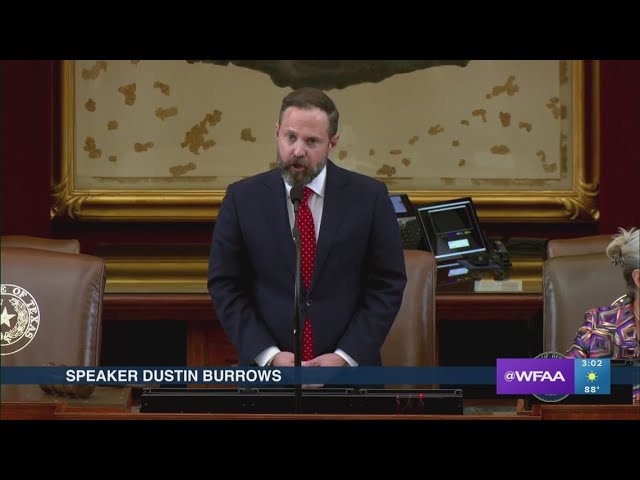Democrats are mulling their response to GOP efforts to redraw congressional maps in red states.
With the 2026 midterm season drawing nearer, Republicans are examining the possibility of using redistricting to give themselves an advantage at the polls—and Democrats have indicated they’re ready to respond in kind.
Republicans hope that redistricting in red states like Texas, Florida, Ohio, and other states may expand their thin House majority during the next midterm election.
Texas Gov. Greg Abbott said his state needs to redraw its districts because of constitutional concerns raised by the U.S. Department of Justice (DOJ) surrounding four Democrat-controlled districts.
In a July 7 letter, the department outlined concerns that the state’s ninth, 18th, 29th, and 33rd congressional districts create unconstitutional “coalition districts” that run afoul of the Voting Rights Act and the 14th Amendment. Coalition districts combine different minority groups to create a potential majority.
President Donald Trump has been candid about his support for Texas Republicans’ redistricting plan. On July 15, Trump expressed his hope that his party may be able to pick up as many as five seats by redrawing the map in the Lone Star State.
Democrats, meanwhile, are increasingly expressing their openness, in the words of California Gov. Gavin Newsom, to “fight fire with fire.”
New York Gov. Kathy Hochul and Illinois Gov. JB Pritzker have also indicated openness to redrawing their own states’ congressional maps.
Democrats hope that redistricting in blue states could counteract Republicans in the next election.
Currently, Texas is in a legislative standstill after at least 51 Democrats fled the state to deprive the Texas House of Representatives of a quorum, which it needs to move forward with any legislative action.
Abbott on Aug. 4 has ordered the arrest of Democratic lawmakers who left and investigations into their alleged violations of Texas law after the Texas House voted to approve the arrest.
Here’s what to know about the potential redistricting tit-for-tat that could define state house legislative sessions this fall and beyond.
By Joseph Lord and Jackson Richman







